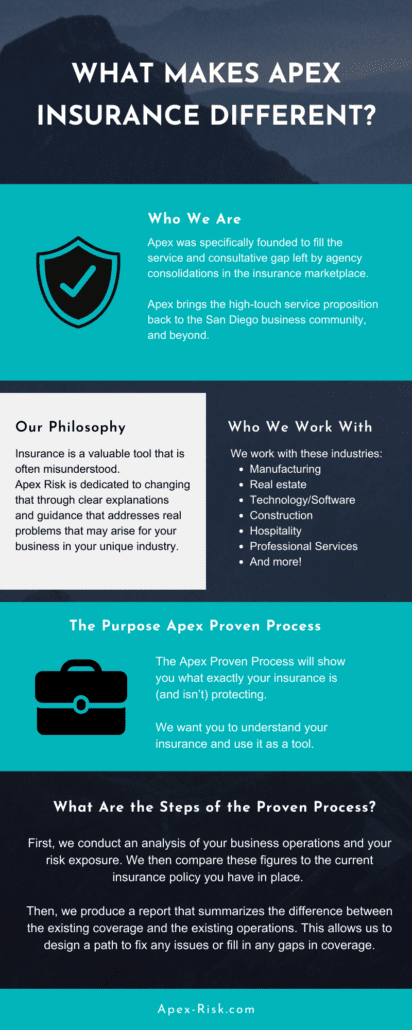Pacific Prime Things To Know Before You Get This
Pacific Prime Things To Know Before You Get This
Blog Article
The Best Strategy To Use For Pacific Prime
Table of ContentsThe 7-Minute Rule for Pacific PrimeEverything about Pacific PrimeA Biased View of Pacific PrimeThe Buzz on Pacific PrimeThe Buzz on Pacific Prime

This is since the information were accumulated for a period of strong financial efficiency. Of the approximated 42 million individuals who were uninsured, almost concerning 420,000 (concerning 1 percent) were under 65 years old, the age at which most Americans become eligible for Medicare; 32 million were adults between ages 18 and 65, around 19 percent of all adults in this age group; and 10 million were youngsters under 18 years of age, about 13.9 percent of all kids (Mills, 2000).
These quotes of the variety of individuals without insurance are created from the annual March Supplement to the Current Population Survey (CPS), carried out by the Census Bureau. Unless otherwise noted, national quotes of people without medical insurance and proportions of the population with different kinds of protection are based upon the CPS, one of the most commonly utilized resource of quotes of insurance policy coverage and uninsurance rates.
The Single Strategy To Use For Pacific Prime

Still, the CPS is especially useful due to the fact that it creates annual price quotes fairly quickly, reporting the previous year's insurance policy coverage approximates each September, and since it is the basis for a consistent collection of quotes for greater than two decades, enabling for analysis of fads in insurance coverage gradually. For these reasons, along with the substantial use of the CPS in various other research studies of insurance protection that exist in this report, we depend on CPS estimates, with constraints noted.

The quote of the number of uninsured individuals expands when a populace's insurance policy standing is tracked for a number of years. Over a three-year duration starting early in 1993, 72 million people, 29 percent of the U.S. https://www.mixcloud.com/pacificpr1me/. populace, were without coverage for at the very least one month. Within a solitary year (1994 ), 53 million people experienced a minimum of a month without protection (Bennefield, 1998a)
6 out of every ten without insurance adults are themselves used. Although working does enhance the probability that and one's member of the family will have insurance policy, it is not an assurance. Even members of family members with two full time wage income earners have practically a one-in-ten possibility of being without insurance (9.1 percent uninsured price) (Hoffman and Pohl, 2000).
The Ultimate Guide To Pacific Prime
New immigrants make up a substantial proportion of people without wellness insurance coverage. One analysis has attributed a considerable part of the recent growth in the size of the U.S. uninsured population to immigrants who arrived in the country between 1994 and 1998 (Camarota and Edwards, 2000). Recent immigrants (those who came to the United States within the past four years) do have a high price of being uninsured (46 percent), but they and their children account for simply 6 percent of those without insurance nationally (Holahan et al., 2001).
The partnership in between medical insurance and access to care is well established, as documented later on in this phase. Although the connection between medical insurance and health outcomes is neither straight neither basic, a considerable professional and health and wellness services research literary works links health insurance protection to enhanced access to care, far better high quality, and enhanced personal and populace health and wellness status.
Levels of evaluation for taking a look at the effects of uninsurance. This conversation of health insurance policy protection focuses largely on the U.S. populace under age 65 because basically all Americans 65 and older have Medicare or other public insurance coverage. It concentrates particularly on those without any type of wellness insurance coverage for any kind of length of time.
The Best Strategy To Use For Pacific Prime
The problems faced by the underinsured are in some respects comparable to those faced by the without insurance, although they are usually less severe. maternity insurance for expats. Uninsurance and underinsurance, nevertheless, include distinctly various policy issues, and the approaches for resolving them may differ. Throughout this research and the five records to adhere to, the primary focus gets on individuals with no medical insurance and thus no aid in paying for health treatment beyond what is readily available with charity and safety internet organizations
Medical insurance is a powerful factor influencing receipt of treatment since both patients and medical professionals respond to the out-of-pocket rate of solutions - https://www.anyflip.com/homepage/fcter#About. Wellness insurance, nonetheless, is neither essential neither adequate to get to clinical solutions. However, the independent and straight result of medical insurance coverage on access to health services is well developed.
Others will acquire the health care they look at here require even without health and wellness insurance, by spending for it expense or seeking it from suppliers who use treatment totally free or at extremely subsidized prices. For still others, medical insurance alone does not make sure receipt of treatment since of other nonfinancial obstacles, such as an absence of healthcare carriers in their area, restricted accessibility to transport, illiteracy, or linguistic and social differences.
Everything about Pacific Prime
Formal study regarding without insurance populaces in the United States dates to the late 1920s and early 1930s when the Committee on the Expense of Medical Treatment generated a series of reports regarding financing doctor workplace gos to and hospitalizations. This issue came to be prominent as the numbers of clinically indigent climbed up throughout the Great Clinical depression.
Report this page